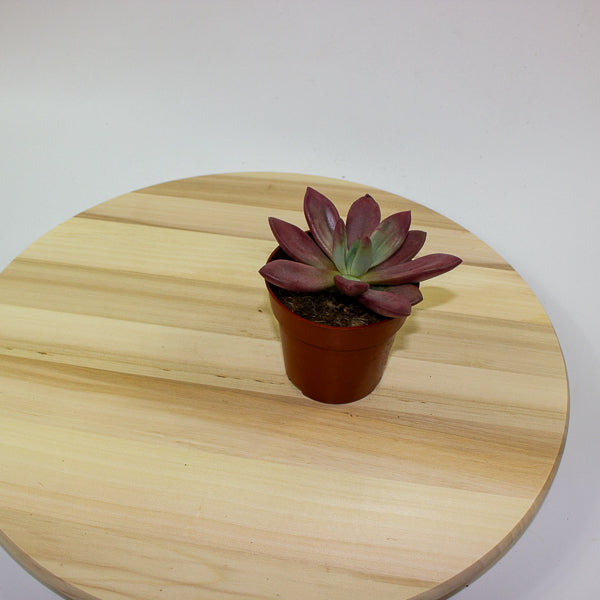1
/
of
9
Emm's Plant House
Echeveria agavoides 10cm H12cm
Echeveria agavoides 10cm H12cm
Regular price
£10.00 GBP
Regular price
£14.00 GBP
Sale price
£10.00 GBP
Unit price
/
per
Taxes included.
Couldn't load pickup availability
Echeveria agavoides is a beautiful and compact succulent native to Mexico. Known for its striking rosette of thick, fleshy, green leaves with pinkish-red tips, it is often referred to as the "Lipstick Echeveria" due to the subtle red hue on its leaves. A popular choice for succulent arrangements, this plant is drought-tolerant and thrives in bright light, making it a perfect addition to indoor gardens, rock gardens, or container plantings.
- Full Botanical Name: Echeveria agavoides
- Common Names: Lipstick Echeveria, Agave Echeveria
- Country and/or Region of Origin: Native to Mexico
- Growing Conditions in Native Habitat: Grows in dry, rocky regions with well-draining soil, often found in areas with minimal rainfall and moderate temperatures.
Care Guide
Care Guide
Share


















